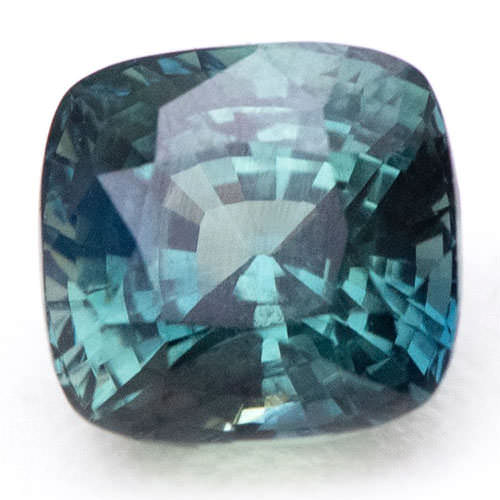Long before European colonizers set foot on the quiet beaches of what is now the United States–before settlements or muskets or even horses–gems played an important role among the various people groups of this land. Beads and other objects carved from turquoise, garnet, and coral carried great cultural significance, from commerce and beautification to medicine and shamanic divination (one myth held that turquoise was formed from joyful tears that soaked into the earth after successful rain dances). It is no surprise that this vast land of 3.7 million square miles, with its richly diverse geography–from snow-capped mountains to cragged deserts to fertile plains–contains some of Mother Nature’s most brilliant work hidden beneath its surface. The radical geological conditions that lead to such a majestic landscape above ground also lead to many wonders hidden beneath the surface.

Did you realize that the mountains of Montana produce some of the world’s most prized blue sapphires; or that Utah produces the only gemstone-quality red beryl in the entire world? And that’s only the beginning. We have Southern California’s tourmaline, Maine’s tourmaline and aquamarine, Arizona’s peridot and turquoise, and our very own Colorado-mined topaz; not to mention emerald, diamond, and ruby found elsewhere. And while there have been some incredible discoveries throughout the United States’ history (like a 46 x 6.5-foot pocket of tourmaline in Maine that produced a single crystal weighing over 30 lbs!), labor costs and government regulations have, for the most part, inhibited large-scale gemstone production. This means that the majority of these treasures still lie buried deep in the earth, waiting to be found. Join the growing population of civilian gem hounds and see what gemstones can be found in your own stomping grounds!




